The Full Price of Full House: The Dark and Triumphant Journey of the Olsen Twins

In September 1987, two nine-month-old babies were carried onto a bright L.A. sitcom set. They couldn’t walk or talk, but soon their faces were everywhere. Before they spoke a word, they were already stars. Dolls, lunchboxes, global fame—their childhood sold piece by piece. But behind the billion-dollar smiles was a different story: one of pressure, exhaustion, and growing up under constant watch. What happens when the world’s spotlight fades—and you never chose to be in it?
From Cradle to Camera

Mary-Kate and Ashley Olsen were born in Sherman Oaks, California, to David, a mortgage broker, and Jarnette, a former ballet dancer. They weren’t only twins—their family also included older brother Trent and, later, siblings Elizabeth, Courtney, and Jake.
At just nine months old, the twins were carried onto the set of Full House. Too small to walk or talk, yet suddenly part of Hollywood.
They beat out 20 other twin pairs for the role of Michelle Tanner. Overnight, a family’s normal rhythm tilted, and childhood innocence was swapped for studio lights.
Hollywood’s Twin Advantage
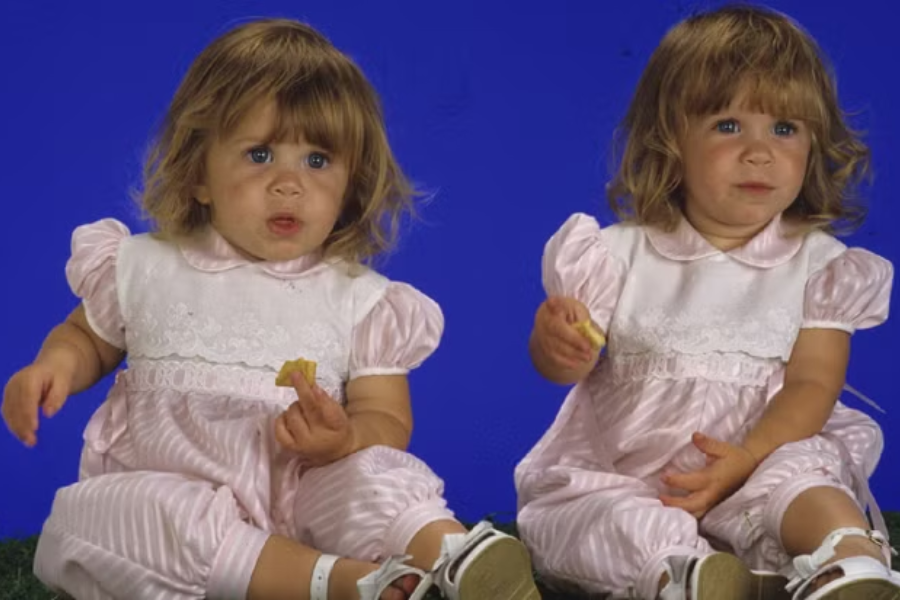
In the 1980s, child labor laws made it tricky to film with kids. Babies could only work 20 minutes at a time before cameras had to stop rolling.
But casting twins doubled the time without breaking rules. Studios quickly realized that identical faces meant longer shoots, fewer delays, and fewer meltdowns.
For Mary-Kate and Ashley, it wasn’t just a break—it was the very reason they were hired. Childhood became a workaround, and Hollywood turned their twinship into a product.
Becoming Michelle Tanner
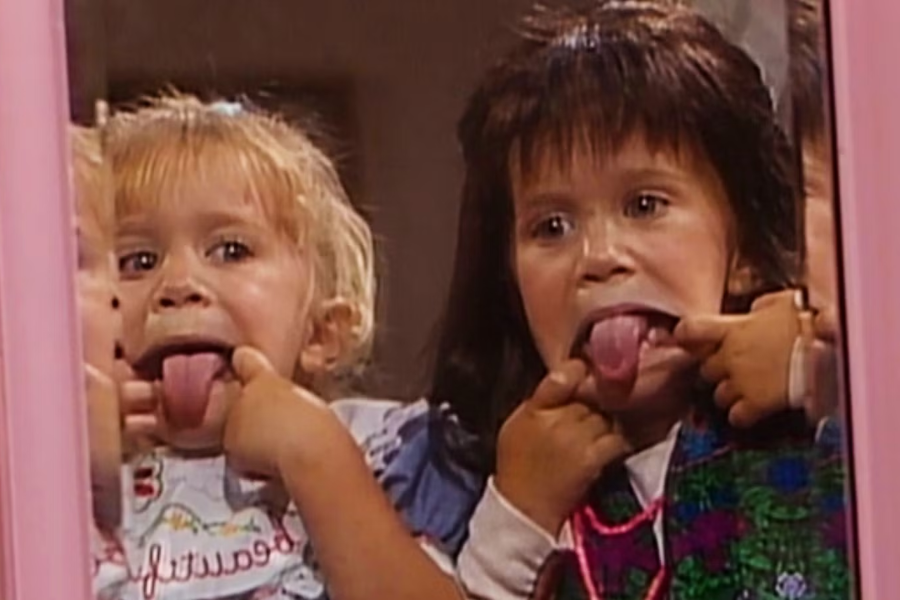
For years, fans believed little Michelle Tanner was played by one precocious child. The producers never admitted there were two.
Behind the curtain, though, the twins traded off depending on moods, naps, or which one performed better that day. Mary-Kate reportedly carried much of the first season’s work.
The girls didn’t grasp the storm they were fueling. To them, it wasn’t stardom, it was simply their life: strangers, cameras, and a schedule most toddlers could never imagine
Parents Pushed Offstage
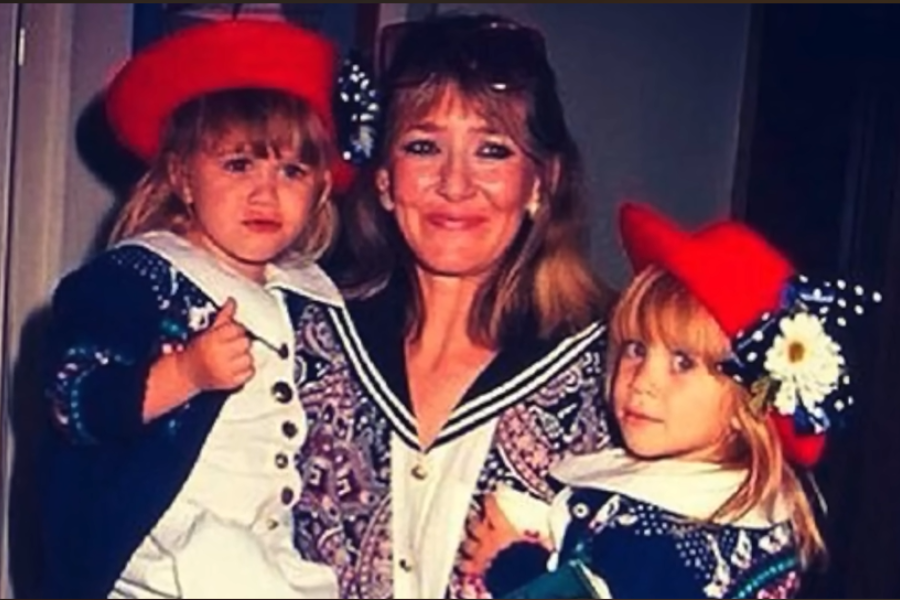
In the early days, their mom often came to set, comforting the twins between takes. But soon, producers thought her presence was disruptive and asked her to wait outside.
For Jarnette, it was gutting. She even considered pulling the girls from the show, worried about neglecting her other kids at home.
Hollywood didn’t pause for parental doubts. Family bonds bent to fit studio demands, and work kept rolling whether parents agreed or not.
Juggling Scripts and Custody
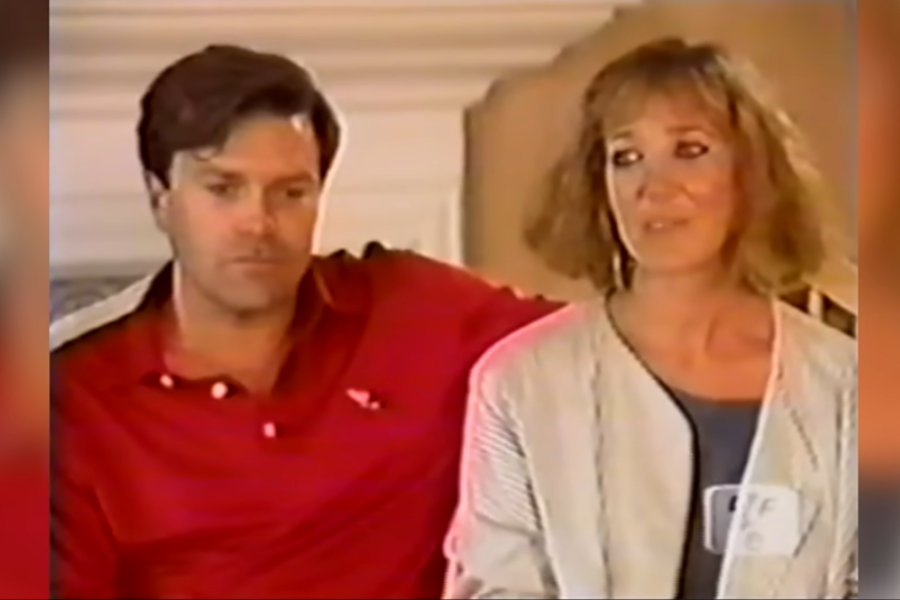
The spotlight didn’t just strain schedules, it also strained marriage. By the mid-1990s, David and Jarnette’s relationship fractured, and the kids were split between two households.
For Mary-Kate and Ashley, it meant juggling scripts and custody, the soundstage colliding with family tension.
On screen, the smiles stayed wide. Off screen, the twins learned early that even family can break under pressure. Fame didn’t shield them from it, it magnified every crack.
Set Coaches and Control

Adria, a child welfare worker, doubled as the twins’ on-set mother. She taught them to walk, talk, and deliver Michelle’s famous catchphrase: “You got it, dude!”
But her paycheck came from the production, not the family. Protection and performance were tangled into one.
This blurred line meant their daily care was shaped by what was best for the show, not necessarily what was best for two little girls still learning how to be kids.
Childhood Shaped by Production
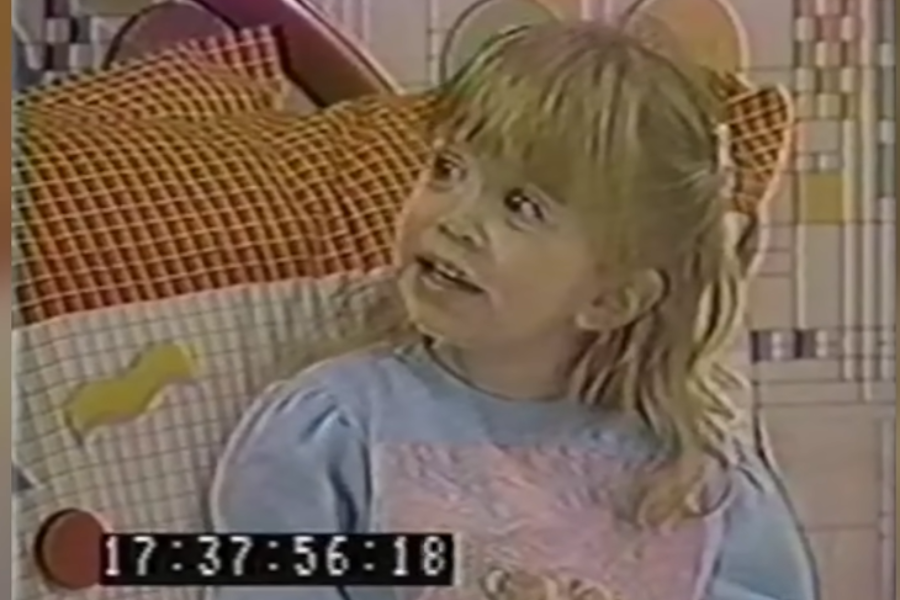
Every milestone in their early lives unfolded on set: first steps, first words, even first lessons in discipline. Childhood was something they performed, not something they owned.
Schedules dictated naps, meals, and playtime. Their growth wasn’t private; it was managed, timed, and packaged for television.
That blurring of real life and performance wasn’t just unusual, it set the stage for struggles that would follow them well beyond the sitcom years.
Pennies for Prime Time
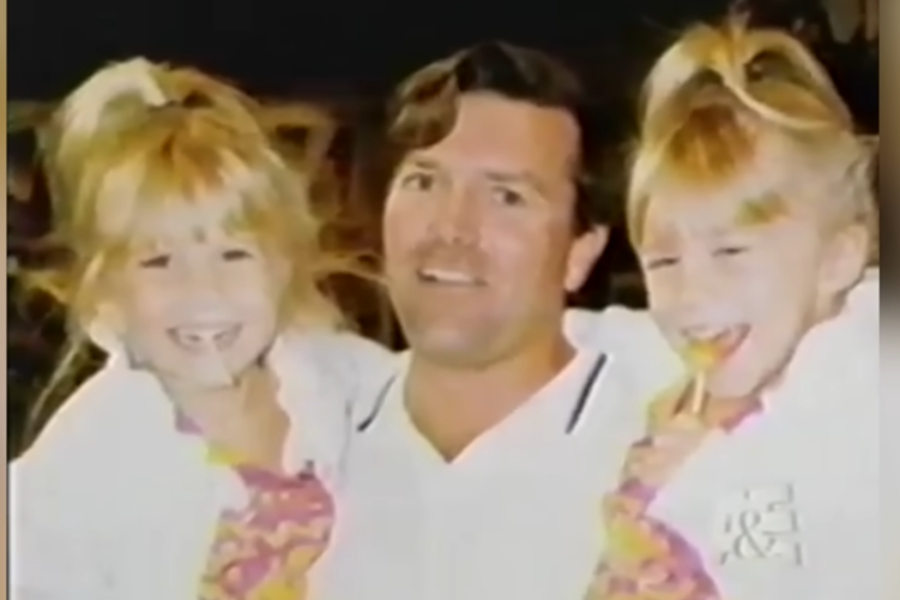
The twins’ first contract brought just $4,000 an episode. Not bad for toddlers, except the show was pulling millions of viewers.
Their dad even asked friends if it seemed fair, sensing something off.
It raised the first question that would haunt their careers: how could two of TV’s most bankable faces earn so little? Fame came quickly, but money didn’t follow. At least, not yet.
The Power of Robert Thorne
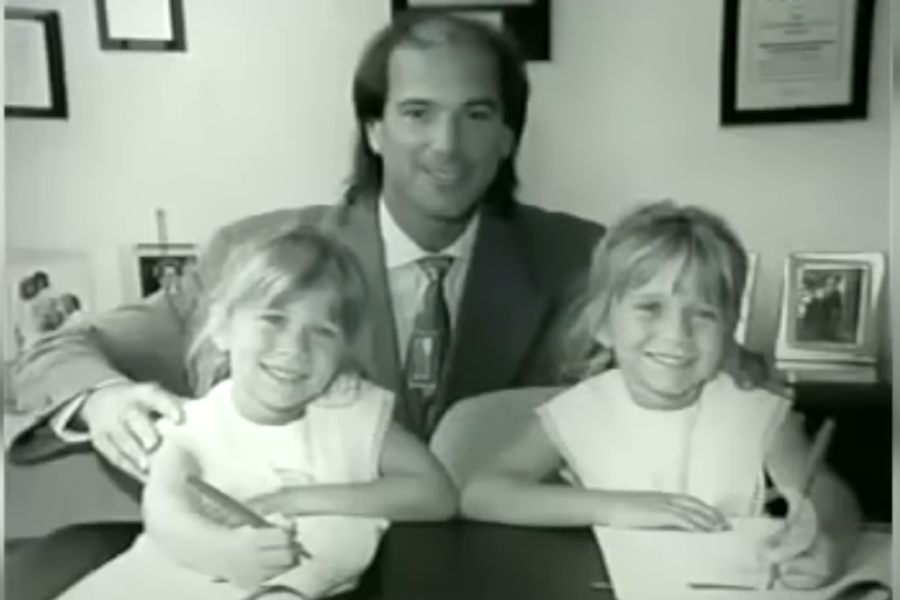
And there comes Robert Thorne, a lawyer with sharper instincts than Hollywood expected. He didn’t see toddlers, he saw leverage.
Within two seasons, he secured a 500 percent pay bump, forcing studios to pay them like the stars they already were.
It marked a shift. Mary-Kate and Ashley weren’t just kids with catchphrases anymore. They were assets. And assets had value that needed protecting.
More Than Michelle
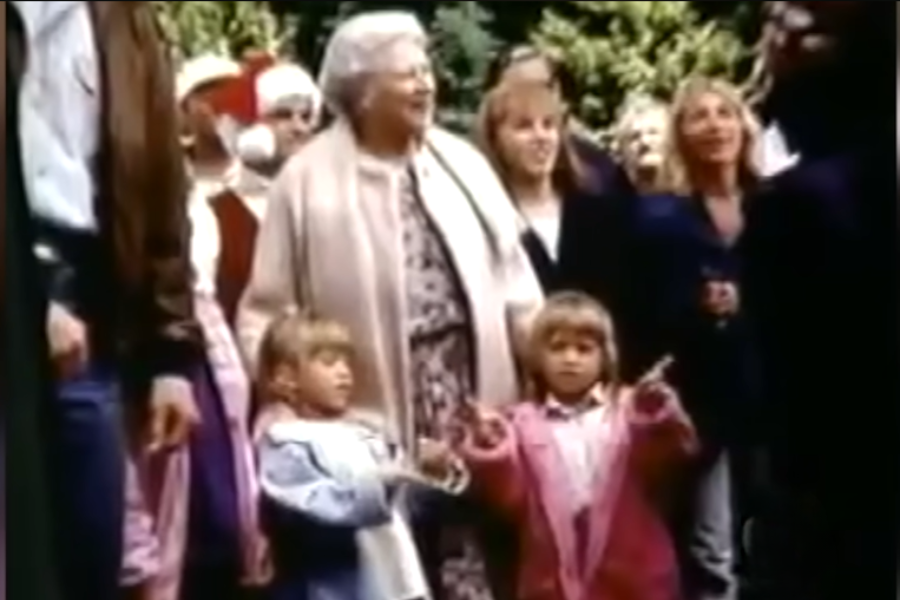
In 1992, To Grandmother’s House We Go premiered. For the first time, audiences saw Mary-Kate and Ashley play separate characters.
No longer hidden behind Michelle Tanner, they became individuals with their own names and stories.
That distinction mattered. Hollywood wasn’t just selling a character anymore, it was selling two children as a brand. The twin machine had officially been born.
The VHS Takeover

The ’90s were made for VHS cabinets, and the twins ruled them. Holiday specials, comedies, sing-alongs—the tapes flew off shelves.
Parents bought them all, and kids memorized every line. Their videos rivaled Hollywood films in sales.
It wasn’t luck. It was strategy. Home video was a gold rush, and the twins became its youngest moguls.
Building Dualstar
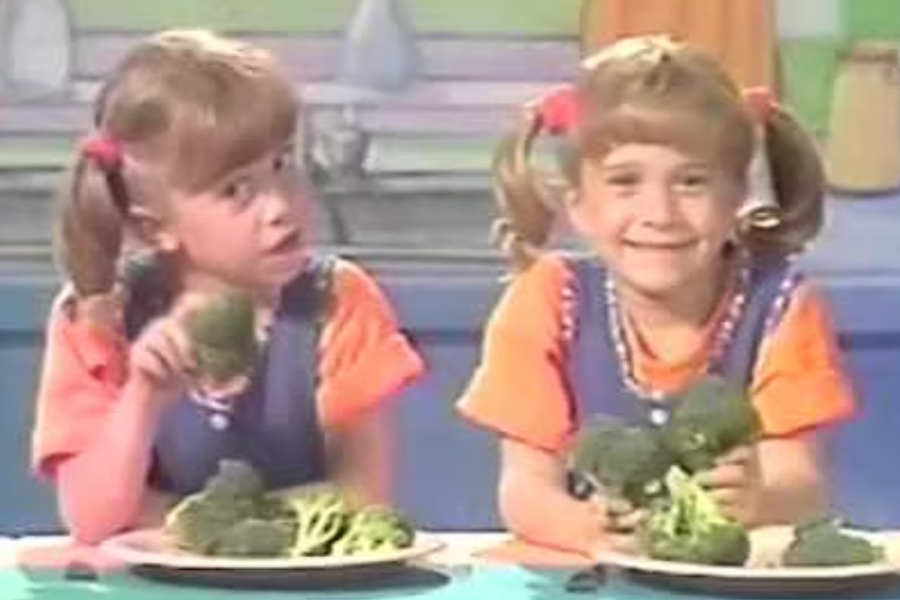
By 1993, Robert and the twins parents went even bigger. Dualstar Entertainment wasn’t just a contract, it was a company owned by two ten-year-olds.
With distribution deals and pipelines secured, the twins had become more than performers—they were executives. One fan recalled thinking in the ’90s that their life was perfect, but now sees their childhood was stolen by their parents.
No one had seen kids run a company before. It was both groundbreaking and unsettling: children steering an empire while still in grade school.
Childhood as a Machine
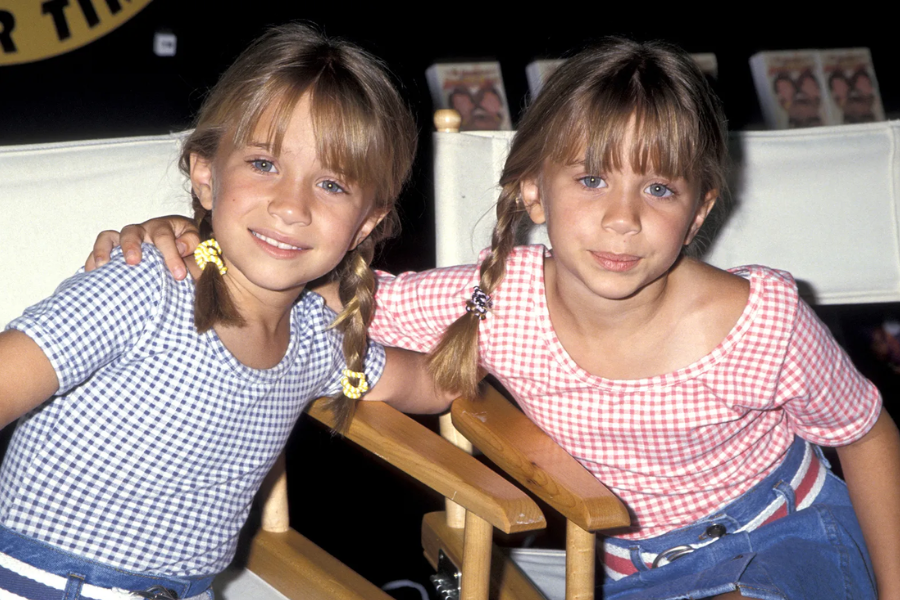
To keep Dualstar afloat, the twins worked nonstop—sets, interviews, rehearsals, school. Then repeat.
Other child actors like Alyson Stoner would later describe the feeling: “I am 12, and I am a machine.” The twins lived that reality every day.
This wasn’t just about cute sitcom kids. It was about two children fueling a corporate engine and their own childhoods were the first cost.
Behind the Curtain
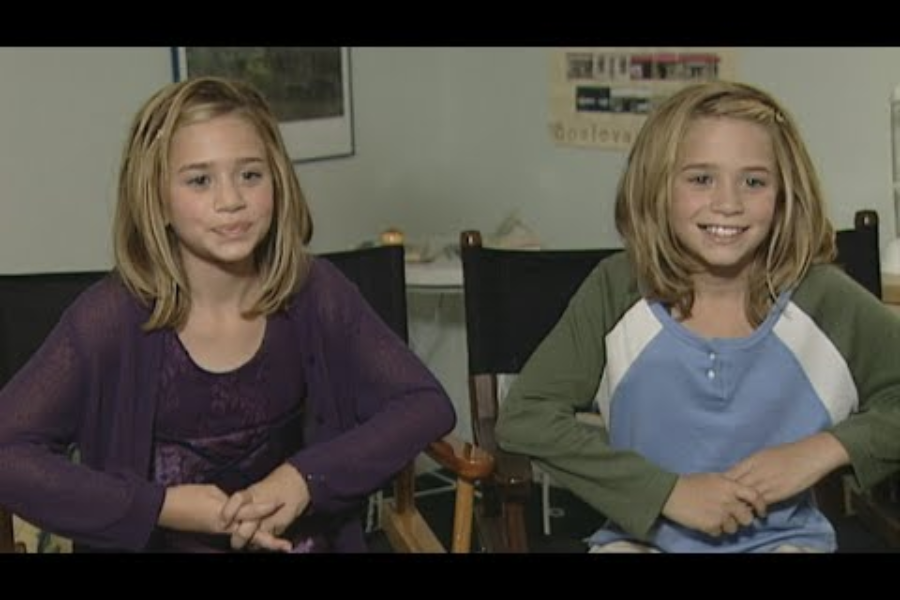
On-screen, Michelle Tanner was America’s sweetheart. Off-screen, the twins barely caught a breath.
Even the co-stars are worried. “Their breaks looked like more work,” one recalled years later.
Funny memories blurred with unsettling ones. Everyone loved the twins on TV, but behind the laughter, childhood was already slipping away.
Cast Concerns
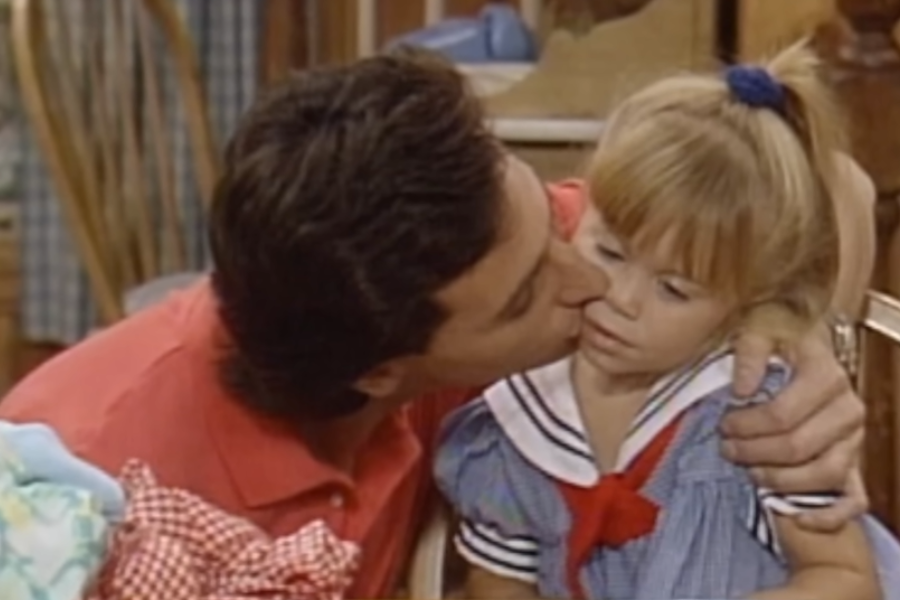
Inside the Full House family, people noticed the grind. Co-stars whispered that the twins’ days looked more like work schedules than childhoods.
Bob Saget’s memoir later shared moments that blurred lines between care and comedy, funny for adults but strange for kids. He wasn’t cruel, but the atmosphere felt more professional than parental.
The quiet question remained: were Mary-Kate and Ashley still just kids, or had they already become the gears keeping the cameras rolling?
Lines Crossed
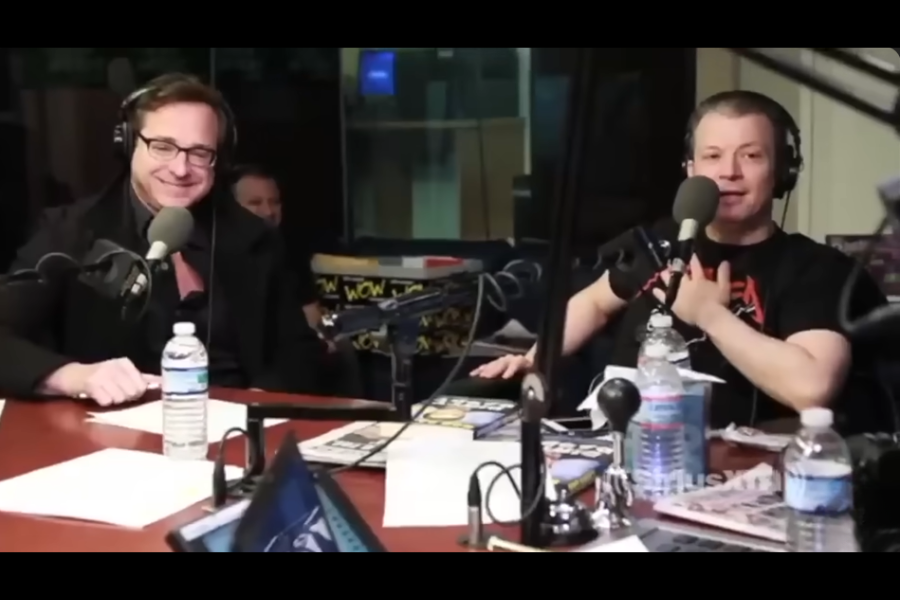
Years later, old stories from the set resurfaced. Bob’s off-color jokes, once brushed off as edgy humor, didn’t age well in a #MeToo world.
For the twins, those moments weren’t punchlines. They were confusing, sometimes uncomfortable, with laughter echoing in rooms they barely understood.
To outsiders, it was harmless comedy. To the girls, it was background noise that lingered—memories that only made sense years later when they realized how strange it all had been.
School Between Scenes
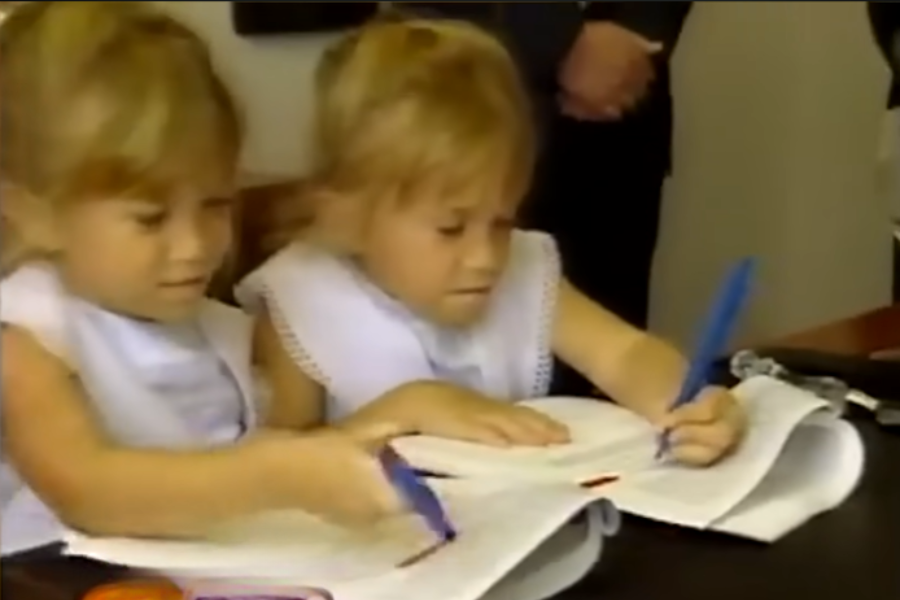
Education was squeezed into studio corners, tutors balancing lessons with call times. Math quizzes happened minutes before lights and cameras.
Breaks weren’t for playgrounds. They were filled with rehearsals, music projects, or costume fittings. Their life became another production line item.
It was legal schooling, yes, but not the kind that let kids run free. Friendship circles were small. Most classmates were adults holding scripts, not kids with backpacks.
Beyond the Sitcom
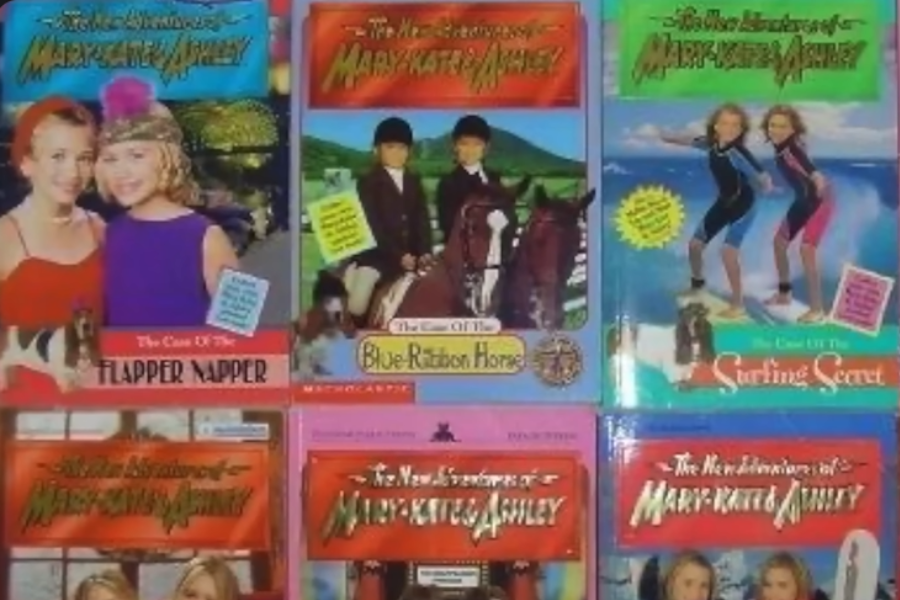
When Full House wrapped, Robert saw bigger opportunities for the two. The twins’ names stretched onto books, albums, dolls and clothing racks.
As if telling that the two were no longer just TV stars, they were a lifestyle. By the mid-’90s, their faces were stamped on everything from backpacks to bubblegum.
Every new deal widened the empire. And every Walmart aisle reinforced the same truth: Mary-Kate and Ashley weren’t just on screen anymore. They were everywhere.
Retail Royalty
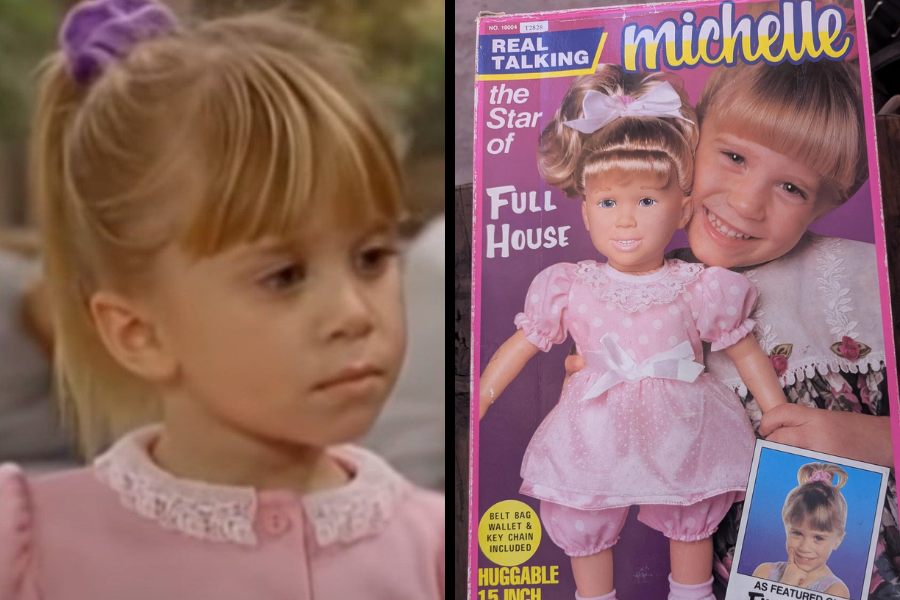
By the late ’90s, their brand filled shelves across America. Dolls, fashion lines, perfumes: all of it added up to nearly a billion in sales.
Kids wore their jeans, read their books, sang their songs. The twins were part of daily life.
The empire raised an uncomfortable question. Was this empowerment for two young moguls, or exploitation dressed in glossy packaging? Depending on who you asked, the answer shifted.
Moguls at Twelve
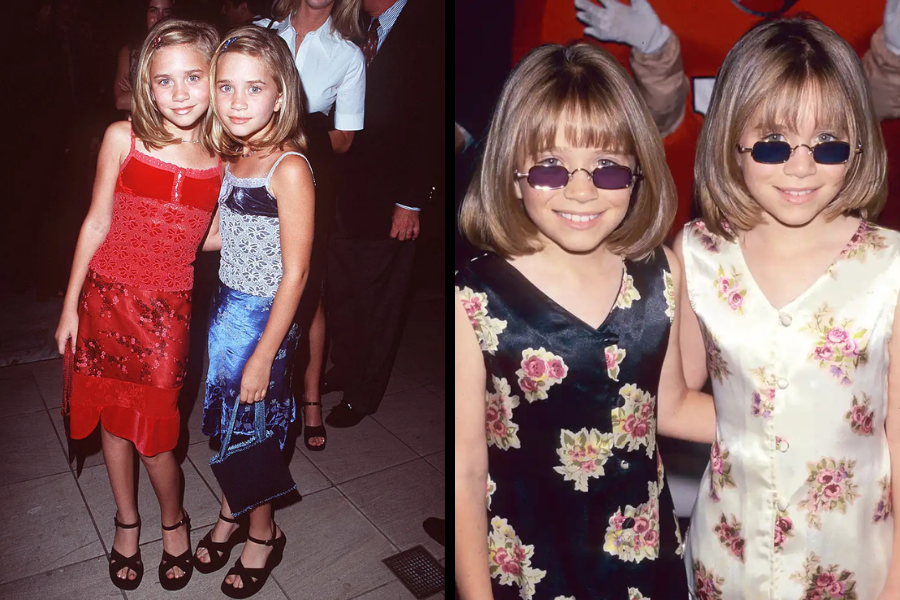
By middle school, the twins weren’t simply famous. They were moguls, their reach stretching from Tokyo malls to Paris boutiques.
It was a dizzying scale for two preteens. How could kids barely in adolescence hold such commercial weight?
Fans saw inspiration. Critics saw exploitation. For Mary-Kate and Ashley, it was just normal life, the only version of childhood they’d ever known.
Harsh Realities
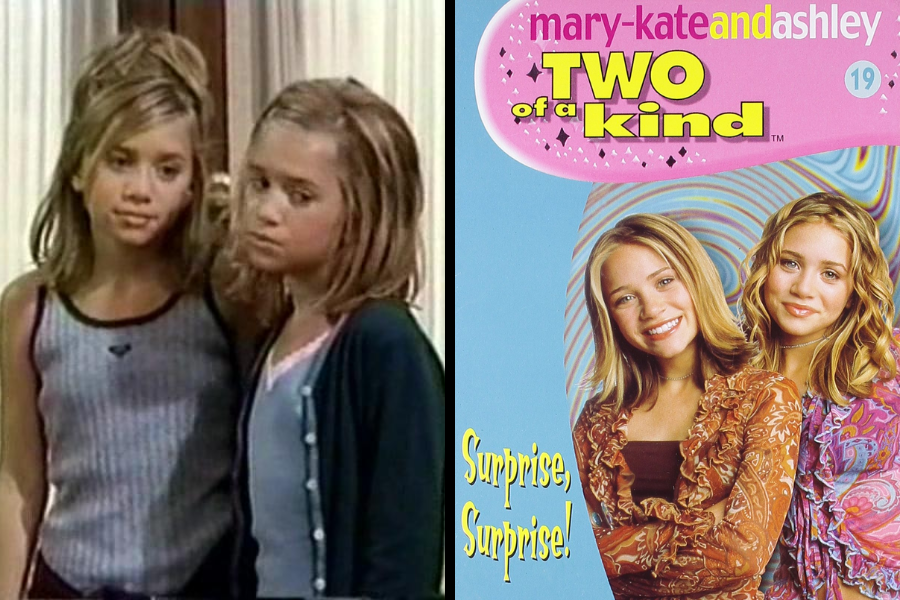
After the sitcom era, they tried again with Two of a Kind. Buzz was high, but the show lasted only one season.
The cancellation stung. Headlines sneered that their reign was over, dismissing them as a fading fad.
But the twins didn’t fold. They pivoted to movies and brand deals instead, turning what looked like failure into another launchpad for their empire.
Movie Mania
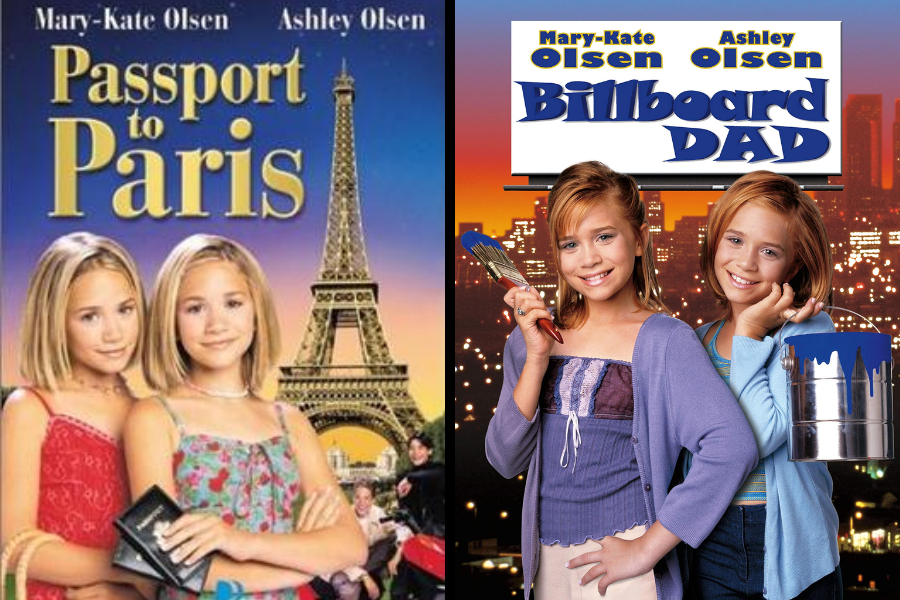
They lent their name to 52 products—clothes, books, sportswear, shoes, CDs, cosmetics—even chairs—you name it, they had it. Their direct-to-video hits like Passport to Paris and Billboard Dad quickly became fan favorites.
At premieres, families packed theaters as kids screamed their names like rock stars. The films were cheesy, lighthearted fun, but they kept the twins everywhere—VHS tapes flying off shelves.
Each release reinforced their grip on pop culture. For their fans, these movies weren’t filler. They were childhood memories pressed into plastic cases.
Teenage Whispers
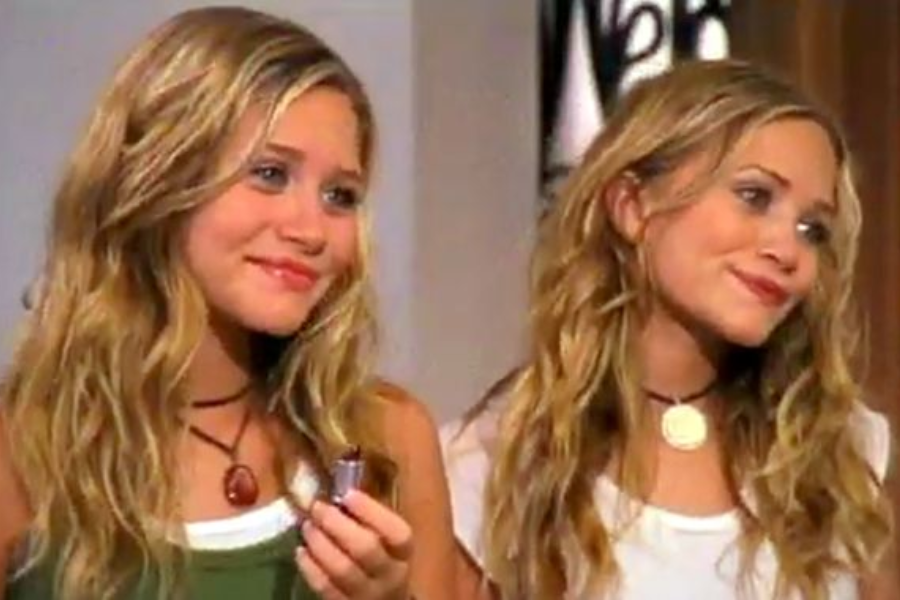
As teens, the twins faced new pressures. Ashley’s first on-screen kiss in Holiday in the Sun was played as innocent romance, but for her it was awkward.
Behind the scenes, age gaps with co-stars sparked quiet unease, though Hollywood kept rolling.
Tabloids seized the moment, shifting the narrative. The twins weren’t children anymore. They were teens being picked apart under a magnifying glass
Countdown Obsession
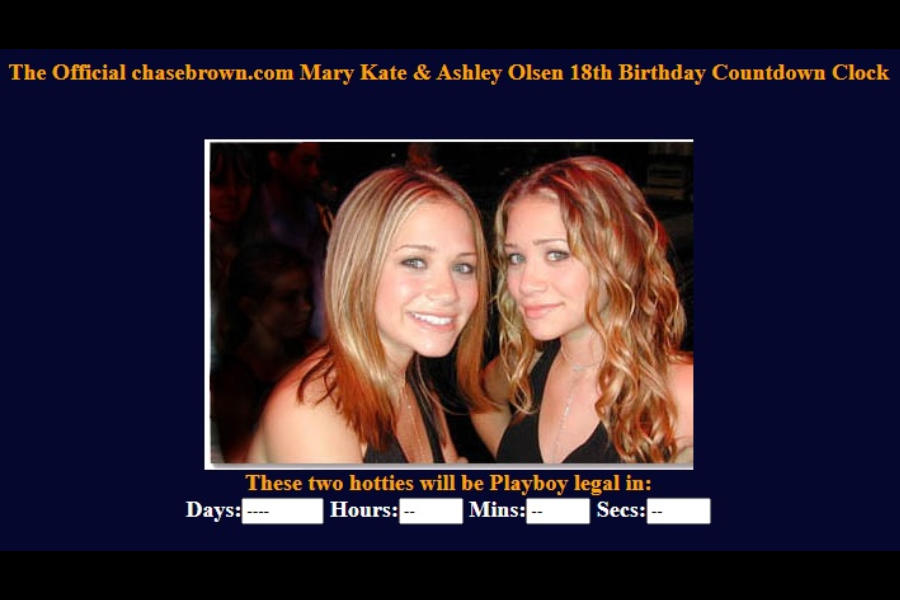
As their eighteenth birthday neared, fan culture turned very unsettling. Websites built countdown clocks, tracking the day they’d become legal adults.
What was dressed up as fandom was really lustful, reducing two teenagers into objects of obsession. Their mom, who once debated pulling them from Full House, could only watch as her daughters endured a scrutiny darker than scripts or cameras.
Flashbulb Friendships
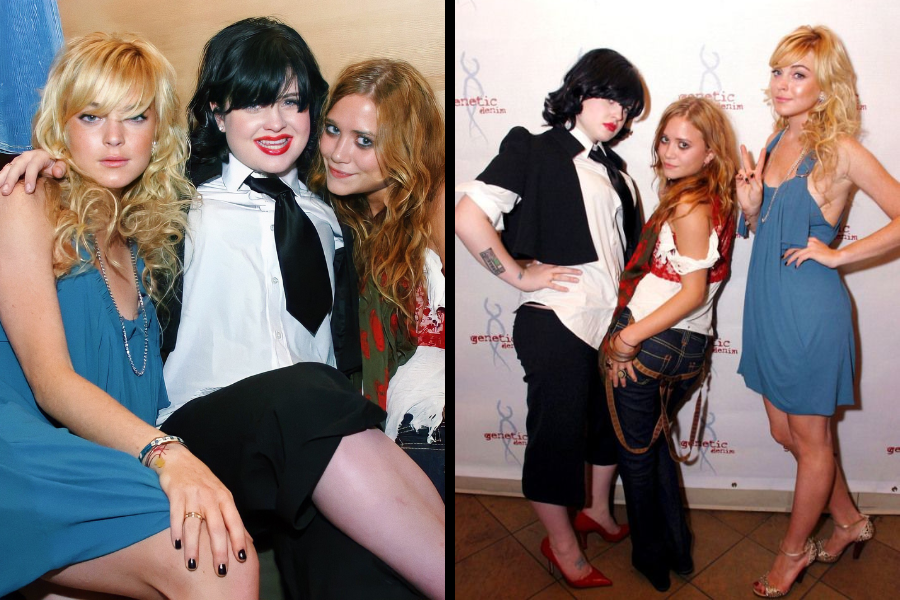
Hollywood friendships offered more drama than comfort. Mary-Kate’s nights out with Paris Hilton or Lindsay Lohan often exploded into headlines.
One blurry photo could launch rumors of betrayal or feuds, even if it was just a harmless night out.
The lesson hit fast: friends could become tabloid fodder overnight. Trust circles shrank, not from choice but necessity.
Fortune on Hold
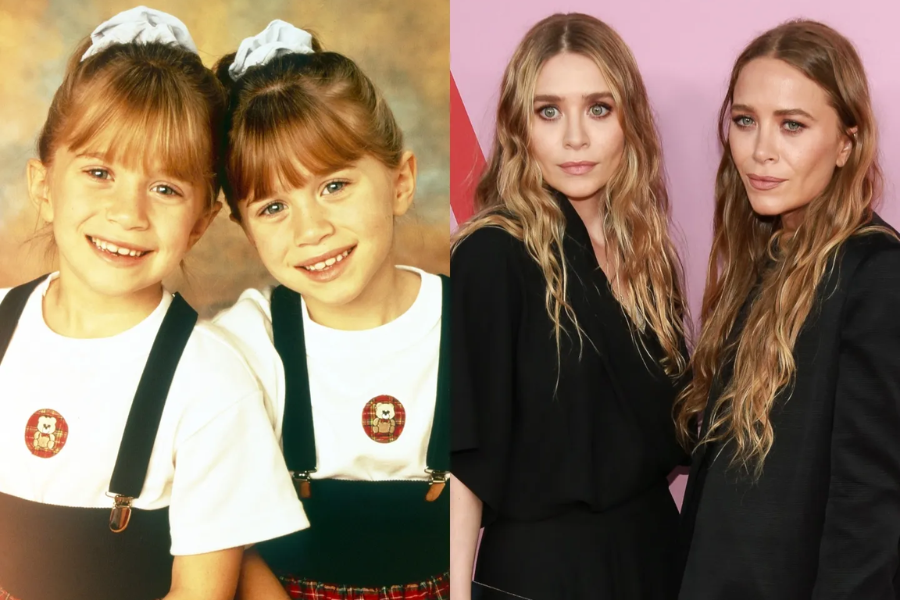
By their teens, their empire was worth over a billion. But access to it? Locked away in trusts until adulthood.
At home, they got modest allowances like their siblings. Even messy rooms could cost Mary-Kate her weekly cash.
Publicly, they were moguls. Privately, they were teens still living under house rules. The contrast fascinated fans who assumed fame erased chores.
Adulthood Arrives
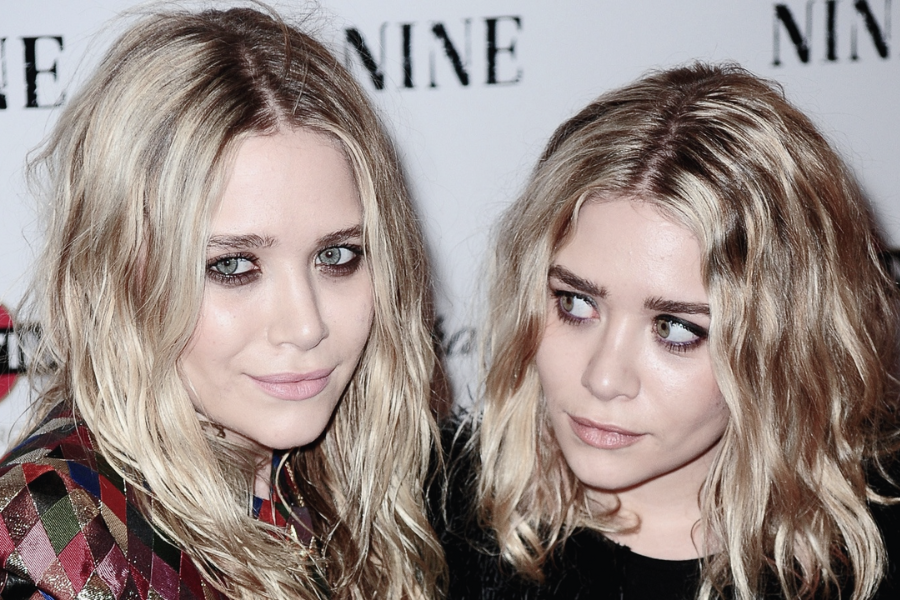
On June 13, 2004, they turned eighteen and officially inherited Dualstar. At last, they were in charge of the company built in their name.
It was freedom, but also pressure. Every deal, every decision now rested directly on them.
The moment felt triumphant and terrifying all at once: they had power, but no escape from the expectations tethered to it.
Tabloid Storms
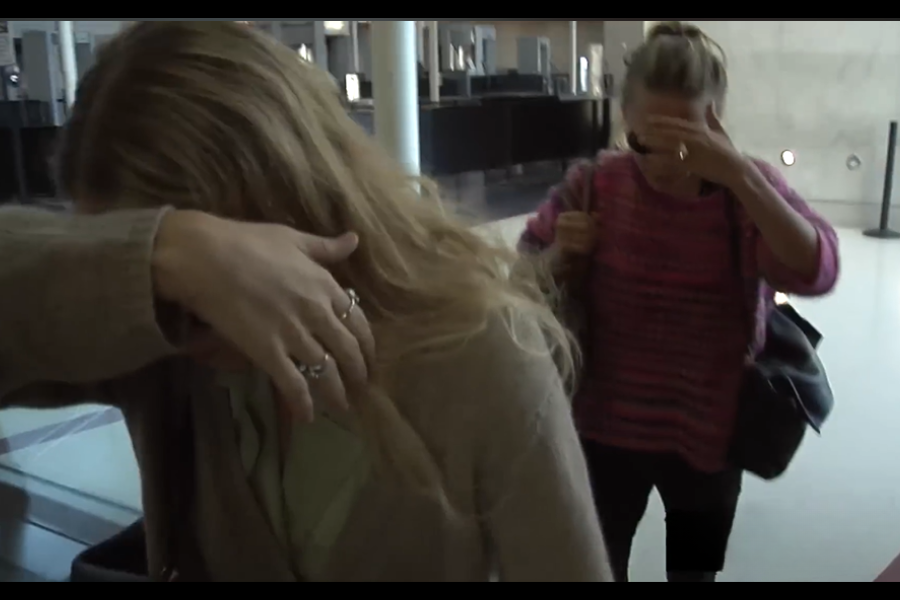
Adulthood didn’t bring peace. Paparazzi still chased them through shopping trips, airports, and red carpets.
The press is obsessed over weight, love lives, and grown-up images. Every smile—or lack of one—became news.
Business wins faded in the background. Personal struggles filled the headlines. Privacy had never been theirs, and even adulthood didn’t change that.
Fragile Frames
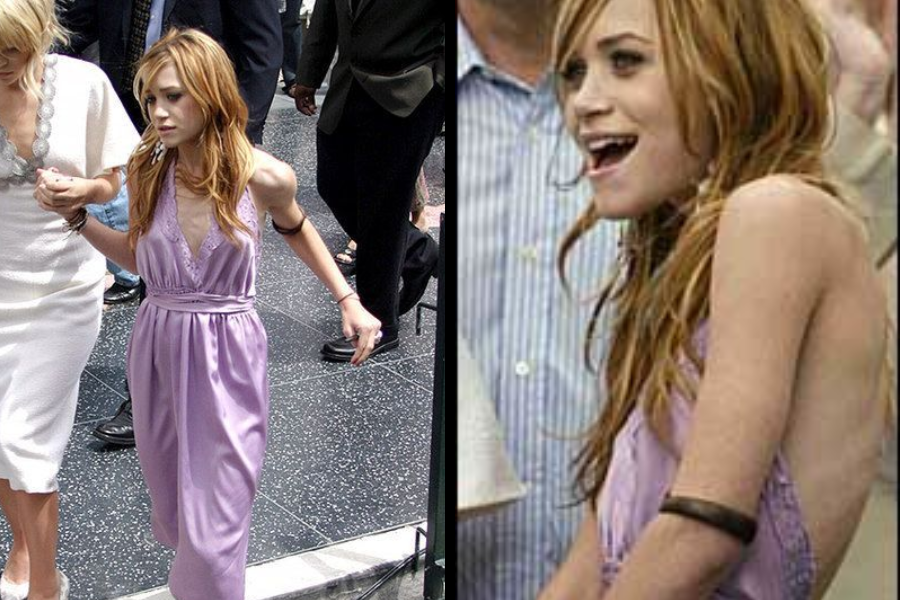
Mary-Kate’s anorexia became a spectacle in the early 2000s. Paparazzi staked out clinics, selling photos of her leaving treatment with a paper cup in hand. It wasn’t recovery they captured, it was pain.
Ashley, though not ill, was pulled into the storm. The narrative blurred the sisters together, treating their identities as inseparable.
Fans worried, tabloids profited, and the twins learned the harshest truth of celebrity: even your lowest moments can be consumed like gossip.
College Dreams
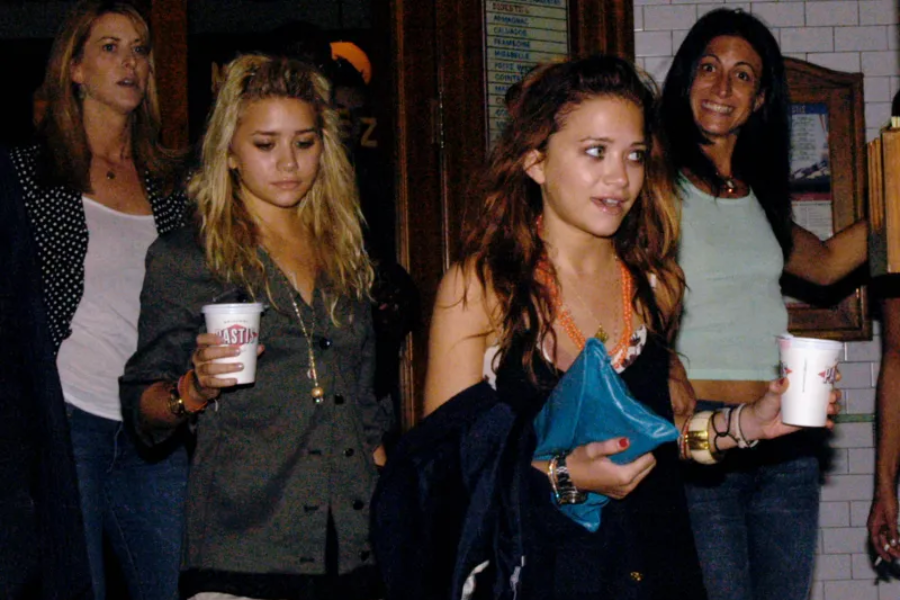
In 2004, both enrolled at NYU, desperate for something ordinary. Classrooms promised anonymity, a place to be students instead of products.
But paparazzi lingered outside dorms, and classmates whispered at their arrival. The boardrooms of Dualstar still demanded their time, dragging them back into a world they hoped to escape.
College gave glimpses of freedom, but it wasn’t a full escape. The twins wanted normalcy. What they found was a reminder: fame doesn’t vanish just because you change zip codes.
Stepping Back
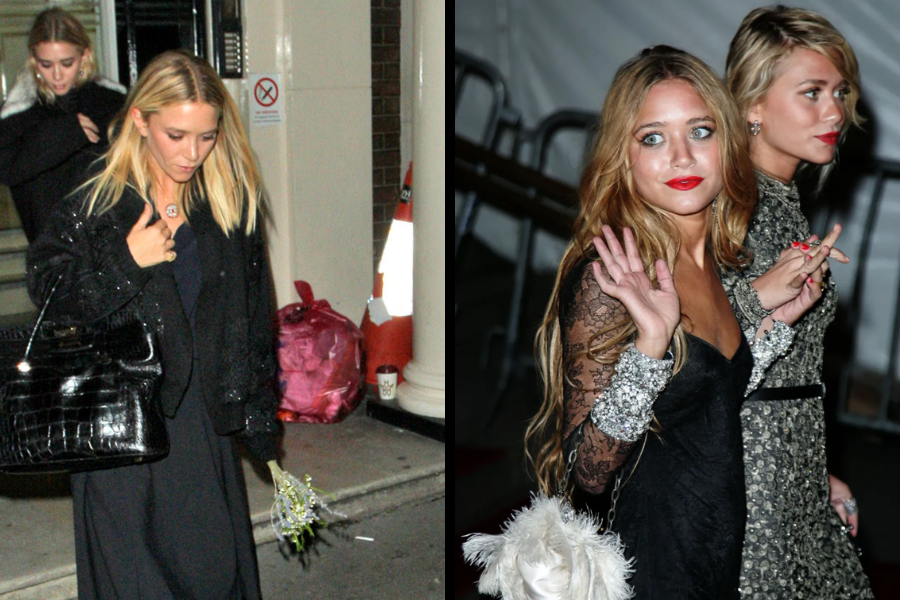
By their twenties, the twins had had enough. Scripts and studios no longer defined them—they declined acting roles and disappeared from Hollywood sets.
It was a radical act. Walking away from the very machine that had built them meant risking irrelevance, but for Mary-Kate and Ashley, it was survival.
Their choice was a quiet rebellion, a way to reclaim control. Fame had stolen their childhood; stepping back was the only way to shape adulthood on their terms.
Searching for Identity

Life after Hollywood didn’t have an instant script. They dabbled in small design projects, toyed with new ventures, and struggled to find a clear path.
This uncertainty was disorienting but necessary. It gave them space to exist outside characters, cameras, or catchphrases. For the first time, they could fail without the world watching.
What seemed like drifting eventually sharpened into focus. The twins realized they weren’t searching for fame anymore, they were searching for identity, and fashion became their answer.
Fashion Empire
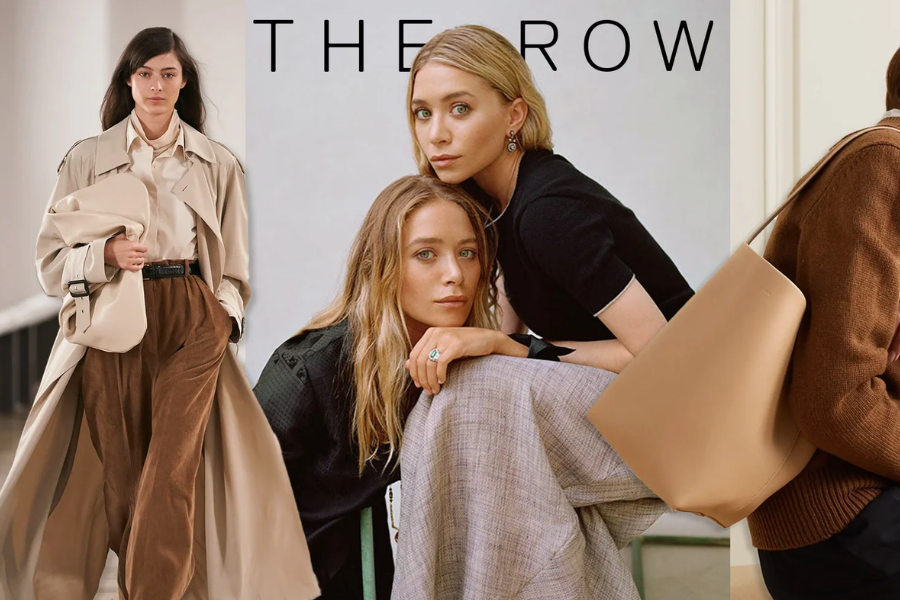
In 2006, they launched The Row. Critics scoffed at first, writing it off as another celebrity gimmick.
But the brand wasn’t built on glitter or nostalgia, it was luxury rooted in restraint. Their designs favored craftsmanship, detail, and silence over spectacle. Slowly, the fashion world took notice.
Awards followed, silencing doubters. By their thirties, the twins weren’t just former child stars anymore, they were at last respected moguls, proving reinvention could be stitched together one quiet decision at a time.
Choosing Silence
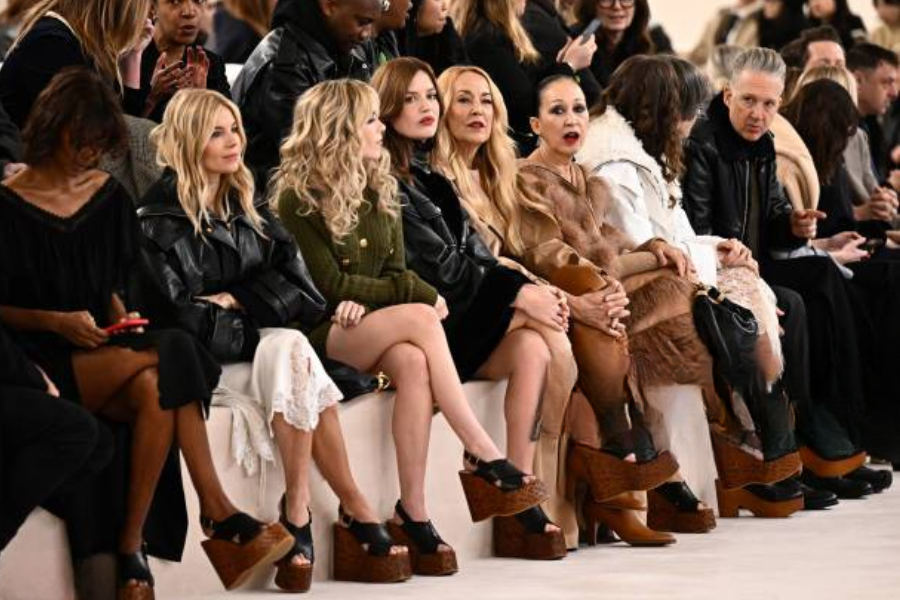
The more their fashion empire grew, the less they gave the public. Interviews became rare, red carpets optional, and their appearances unpredictable.
This retreat frustrated tabloids, who spun rumors out of absence. But for Mary-Kate and Ashley, silence wasn’t weakness—it was power.
They had been overexposed since infancy. Privacy was their final rebellion, the one thing they could finally control. Choosing silence meant choosing themselves, and after years of being consumed, it was their loudest statement yet.
The Burden Behind Fame
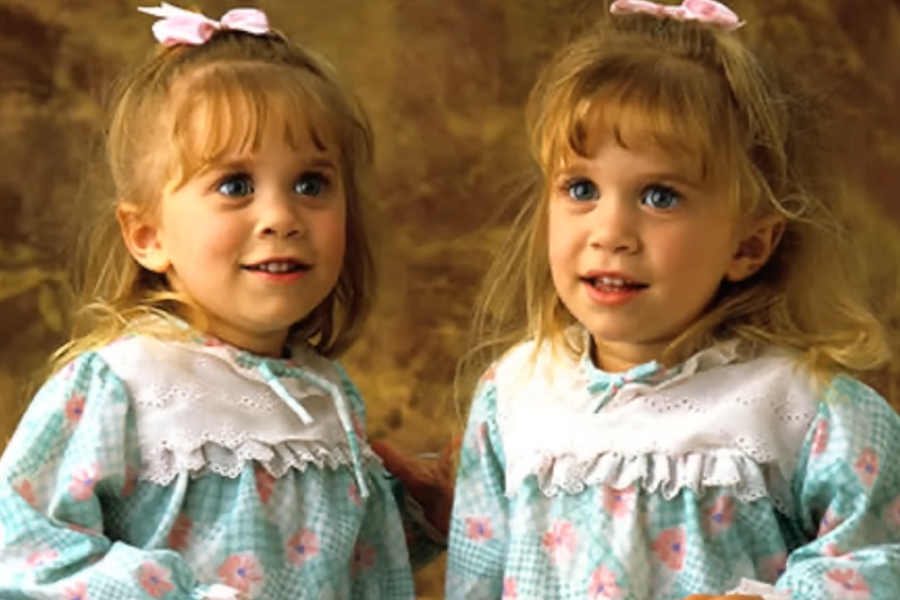
Today, the Olsens are rarely seen on screen, but their legacy lingers everywhere. The Row thrives, their influence in fashion undeniable.
Their journey holds two truths: fame made them, and fame nearly broke them. They carried a childhood sold to the world, only to fight for adulthood on their own terms.
From dolls to designer houses, they proved resilience can outlast spectacle. Their story isn’t just survival, it’s a reminder that reinvention is the most enduring triumph of all.
